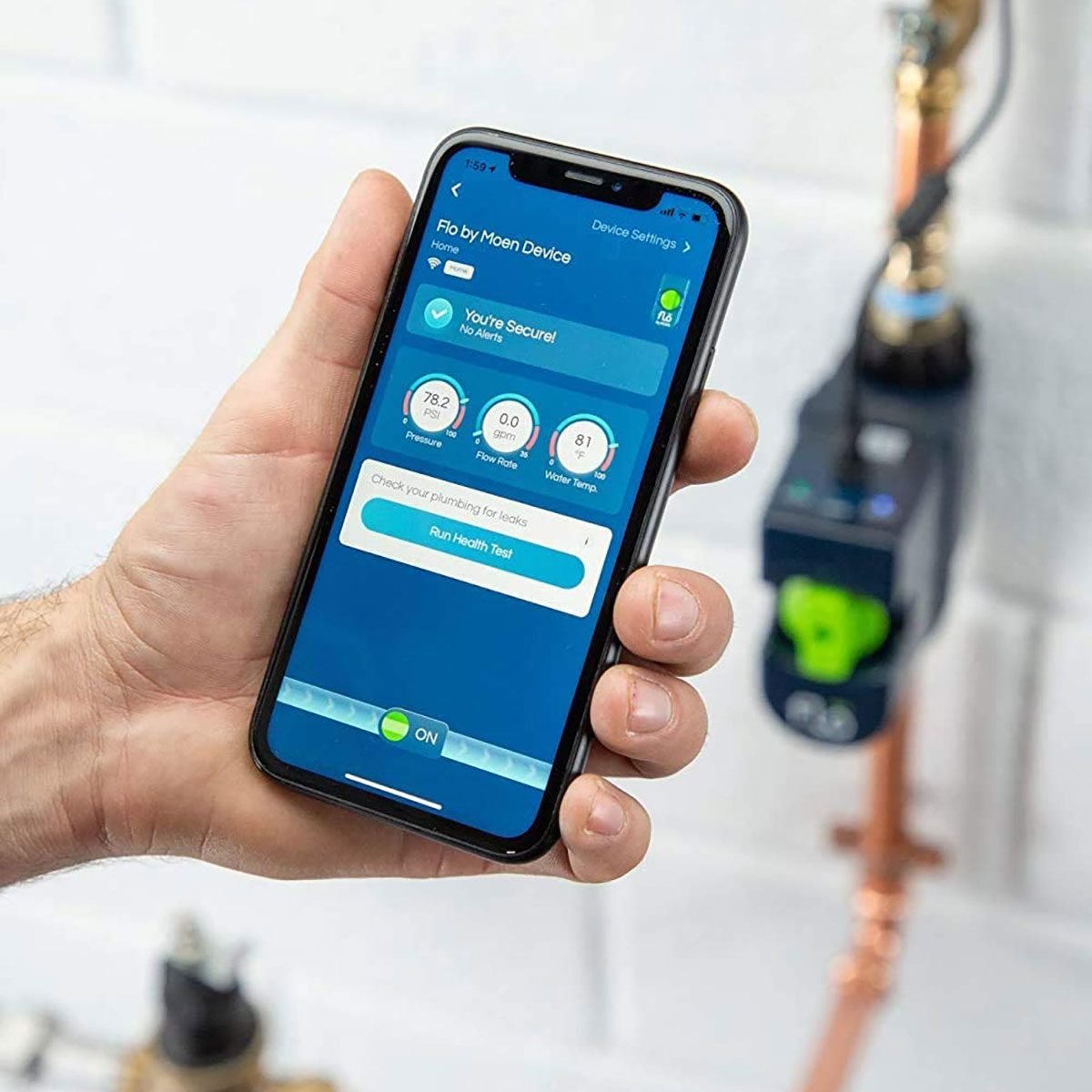Just how to Examine If Your Home Has a Concealed Leakage
Just how to Examine If Your Home Has a Concealed Leakage
Blog Article
They are making a number of good pointers regarding Detecting hidden plumbing leaks in general in the article following next.

Early discovery of leaking water lines can minimize a possible calamity. Some little water leakages might not be noticeable.
1. Examine the Water Meter
Every residence has a water meter. Examining it is a guaranteed manner in which assists you find leaks. For starters, turn off all the water resources. Guarantee no one will certainly purge, utilize the faucet, shower, run the cleaning maker or dishwashing machine. From there, go to the meter and also watch if it will change. Given that nobody is using it, there need to be no motions. If it moves, that shows a fast-moving leak. Likewise, if you identify no changes, wait a hr or 2 and examine back again. This indicates you may have a sluggish leak that could also be below ground.
2. Check Water Usage
Assess your water expenses and also track your water intake. As the one paying it, you need to see if there are any type of inconsistencies. If you spot sudden changes, in spite of your usage coinciding, it suggests that you have leaks in your plumbing system. Keep in mind, your water costs need to fall under the same range monthly. A sudden spike in your costs shows a fast-moving leak.
Meanwhile, a stable rise every month, despite having the exact same routines, reveals you have a sluggish leakage that's also gradually escalating. Call a plumber to thoroughly examine your residential property, specifically if you feel a warm location on your floor with piping underneath.
3. Do a Food Coloring Examination
When it concerns water intake, 30% comes from bathrooms. Examination to see if they are running properly. Drop flecks of food shade in the tank and also wait 10 minutes. If the shade somehow infiltrates your bowl throughout that time without flushing, there's a leak between the tank and bowl.
4. Asses Outside Lines
Do not forget to examine your outside water lines too. Test faucets by attaching a yard hose pipe. Must water seep out of the connection, you have a loose rubber gasket. Change this and ensure all links are tight. If you've obtained a lawn sprinkler, it will help get it properly took a look at and preserved every year. One small leak can squander lots of water as well as spike your water expense.
5. Analyze the circumstance as well as evaluate
House owners must make it a behavior to inspect under the sink counters as well as even inside cabinets for any type of bad odor or mold growth. These two red flags indicate a leakage so punctual interest is needed. Doing regular evaluations, even bi-annually, can save you from a significant problem.
More importantly, if you know your home is currently old, keep a watchful eye on your heating systems, tubes, pipelines and so on. Check for discolorations and also damaging as the majority of pipes and also appliances have a life span. They will certainly likewise normally weaken due to tear as well as use. Don't wait for it to escalate if you suspect leaking water lines in your plumbing system. Call a specialist plumber immediately so you do not end up with a dreadful mess in your home.
Early discovery of dripping water lines can minimize a potential catastrophe. Some tiny water leakages might not be noticeable. Inspecting it is a guaranteed means that aids you find leaks. One tiny leak can waste loads of water as well as surge your water expense.
If you suspect dripping water lines in your plumbing system, do not wait for it to rise.
WARNING SIGNS OF WATER LEAKAGE BEHIND THE WALL
PERSISTENT MUSTY ODORS
As water slowly drips from a leaky pipe inside the wall, flooring and sheetrock stay damp and develop an odor similar to wet cardboard. It generates a musty smell that can help you find hidden leaks.
MOLD IN UNUSUAL AREAS
Mold usually grows in wet areas like kitchens, baths and laundry rooms. If you spot the stuff on walls or baseboards in other rooms of the house, it’s a good indicator of undetected water leaks.
STAINS THAT GROW
When mold thrives around a leaky pipe, it sometimes takes hold on the inside surface of the affected wall. A growing stain on otherwise clean sheetrock is often your sign of a hidden plumbing problem.
PEELING OR BUBBLING WALLPAPER / PAINT
This clue is easy to miss in rooms that don’t get much use. When you see wallpaper separating along seams or paint bubbling or flaking off the wall, blame sheetrock that stays wet because of an undetected leak.
BUCKLED CEILINGS AND STAINED FLOORS
If ceilings or floors in bathrooms, kitchens or laundry areas develop structural problems, don’t rule out constant damp inside the walls. Wet sheetrock can affect adjacent framing, flooring and ceilings.
https://www.servicemasterbyzaba.com/blog/how-to-detect-water-leakage-in-walls/

We were guided to that report on Detecting hidden plumbing leaks from an associate on our other web address. So long as you appreciated our blog entry kindly remember to pass it around. Thanks for your time. Visit us again soon.
Report this page